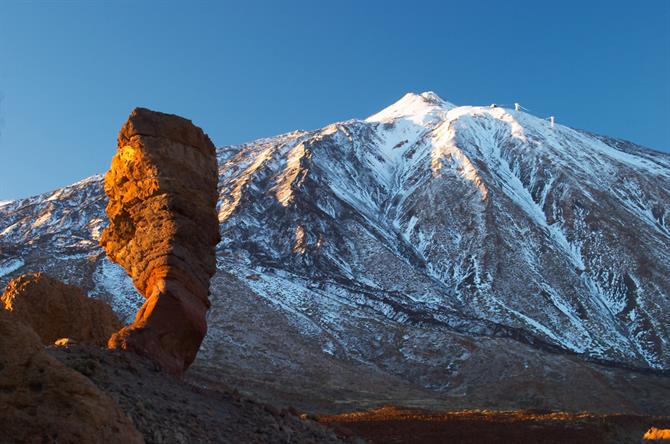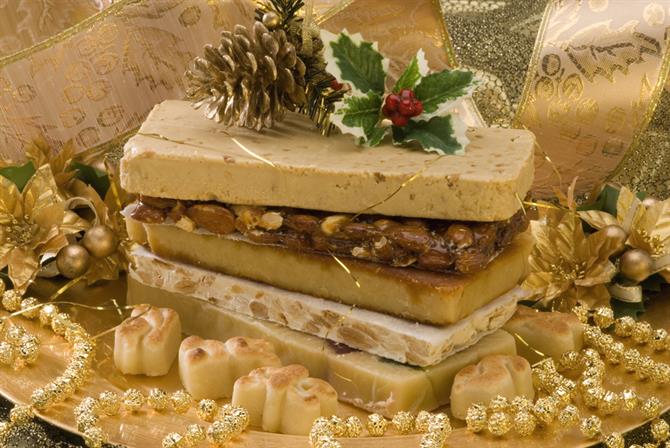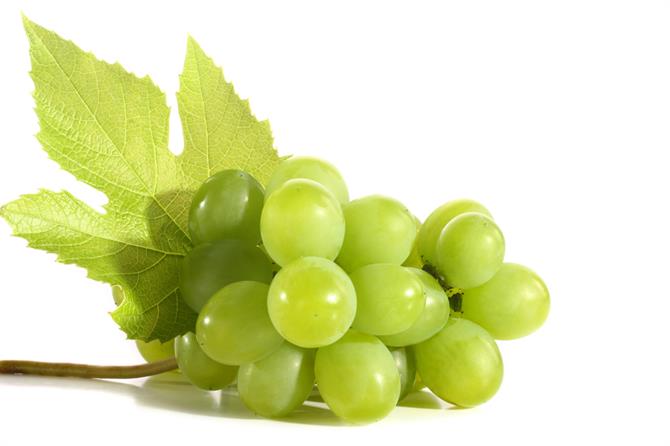They do Christmas differently in the Canary Islands. There are plenty of festive traditions to enjoy. Just don't be expecting mince pies.

All About Eve – La Noche Buena

Forget Christmas lunch with turkey, stuffing, and all the trimmings as Canarians' traditional festive meal is on Christmas eve aka La Noche Buena (the Good Night). This always takes place at the family home with both white asparagus (esparragos blancos) and giant prawns in a Marie Rose sauce (langostinos con salsa rosa) popular appetizers. Fish usually replaces fowl as the main course and sticky fingers are guaranteed with the inevitable end-of-the-meal turrón, an almond candy that's just about more sweet than sickly.
Spain is a deeply religious country so after (or in some cases before) the meal, families head to their local church for midnight mass. Known as the misa de gallo (rooster's mass), it's celebrated across the Roman Catholic countries. Indeed, it was the 5th-Century AD Pope Sixtus III who introduced the practice.
O Little Town of Bethlehem – Belén
In the run-up to Christmas, you'll find Beléns here, there, and everywhere. A Belén, which literally translates as Bethlehem, is a nativity tableau depicting Jesus in his manger, Joseph, Mary, and assorted farm animals. Popular venues include parks and shopping centres.
Look out for Los Llanos de Aridane's nativity village on La Palma, in the west of the island. Over in Lanzarote, in the wine country of La Geria, Bodega Stratvs' display reassuringly spares no expenses. Perhaps the most stunning of all, though, is the Belén de Arena on Las Palmas' Canteras beach where skilful sculptors craft a sandy tribute to Navidad (Christmas).
Suited and Booted – La Noche Vieja

Another important eve on the Canarian Christmas calendar is New Year's Eve. This is night when there are too many DJs in the clubs. For as well as the disc jockeys, many of the male revellers will be wearing dinner jackets.
Formal dress is the clothing of choice at the family meal which sees the old year brought to a close with the eating of grapes when the clock strikes midnight. Each chime is accompanied by the eating of a grape, said to ensure good luck for the new year however. This has little to do with religion however as it's rumoured it was started in 1909 on the orders of King Alfonso XIII following a bumper grape harvest.
Three's the Magic Number – Los Reyes Magos
Although Father Christmas does pay a visit to Canarian shores, he doesn't bear as many gifts as The Three Wise Men who leave presents to be unwrapped on the morning of the 6th of January. The night before sees the Cabalgata de Los Reyes Magos which sees Balthazar, Caspar, and Melchior parading the streets with children rushing to give their wish list to their favourite. The biggest processions take place in the capitals Las Palmas de Gran Canaria and Santa Cruz de Tenerife.
